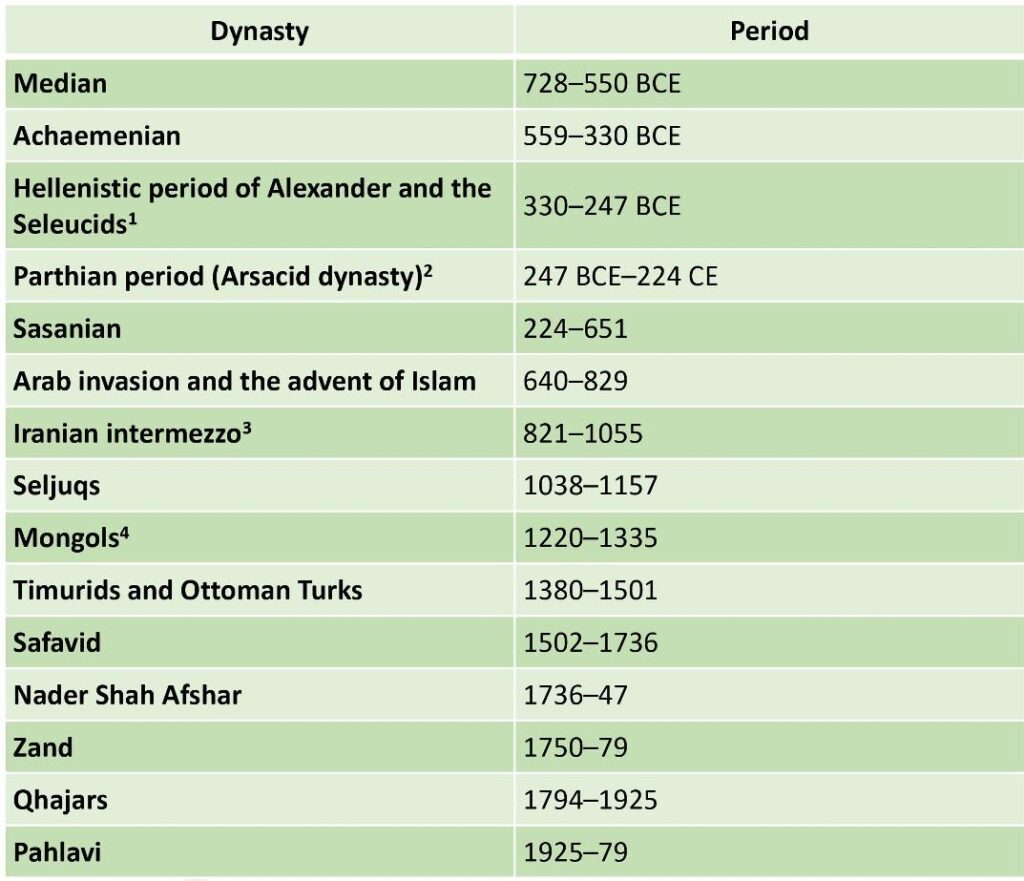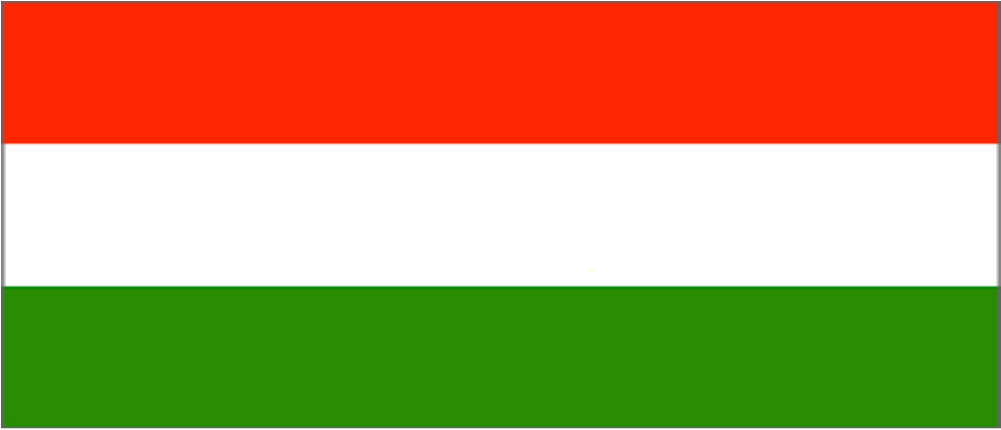For more than 2500 years, IRAN was ruled in the autocratic fashion of Absolute Monarchy, where Kings having absolute power, until the 20th century.
- 1st Revolution: Constitutional Monarchy: in 1906 after years of turmoil between freedom fighters and the monarchs, IRAN became a constitutional monarchy, establishing the Iranian National Assembly. But then began the tug of war between the monarchs and the parliaments over their amount of power, even the House of Representatives was once cannoned by Mohammad Ali Shah Qajar.
- 2nd Revolution: Islamic Republic: Even though the uprising was built up by leftists, nationalists and some Islamic factions with protests and boycotts, in March 1979, shortly after the clergy Ruhollah Khomeini’s return from exile and Iran’s monarchy was dismantled, a national referendum was held throughout Iran with one question “Islamic Republic, yes or no?” Although some groups objected to the wording and choice and boycotted the referendum, 98% of those voting, voted “YES”. Following this landslide victory, the constitution of Iran of 1906 was declared invalid and a new constitution for an Islamic state was created and ratified by referendum during the first week of December in 1979. When Khomeini argued that government must be run in accordance with traditional Islamic sharia, and for this to happen a leading Islamic jurist (faqih) must provide political “guardianship” (wilayat or velayat) over the people. The leading jurist were known as Marja’. Thus the The office of Guardianship of the Islamic Jurist was established, functioning under the supervision of the Supreme Leader, who ranks above the President of Iran and personally appoints the heads of the military, the government, and the judiciary.
Iranian Monarchy Period


